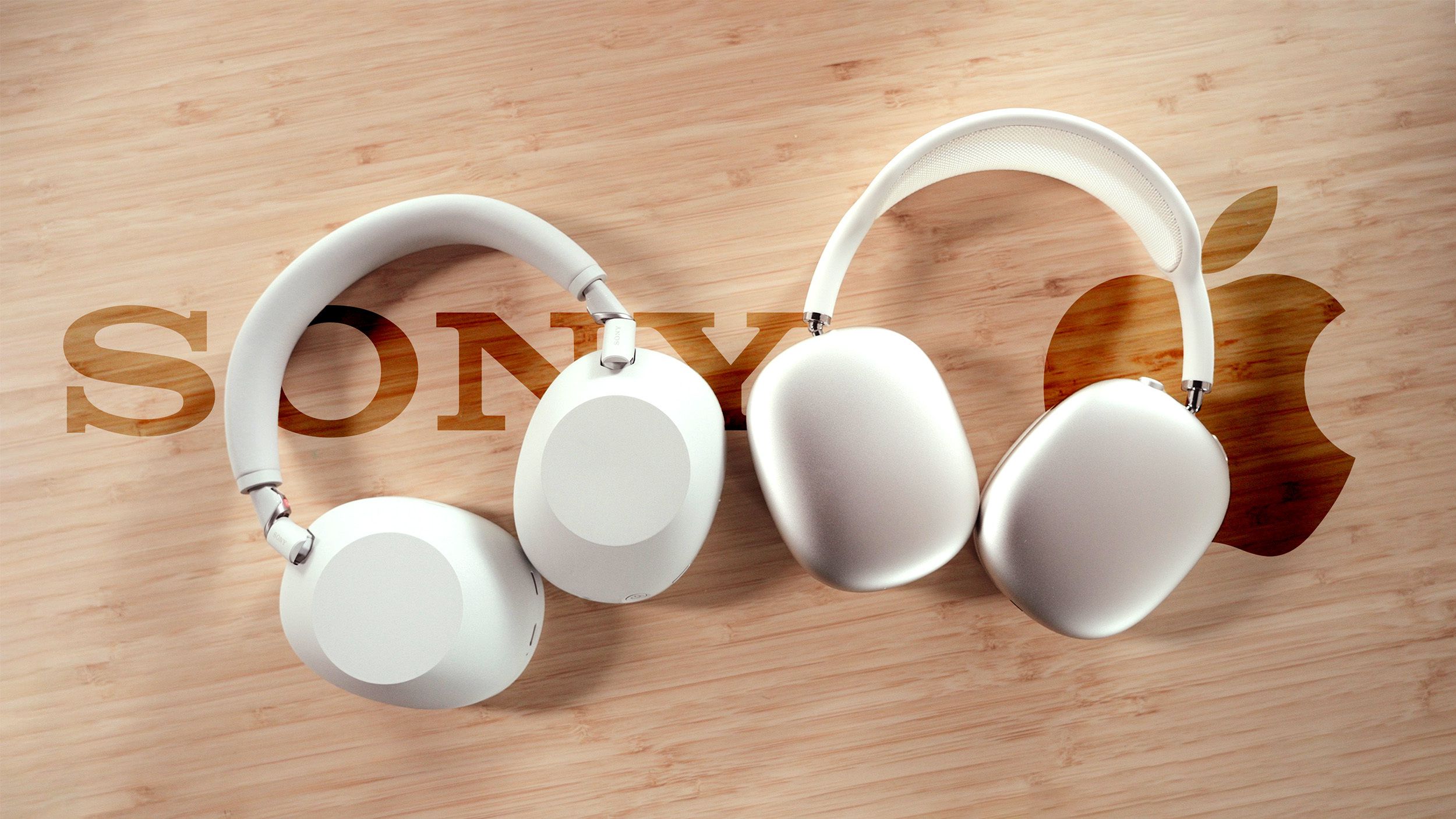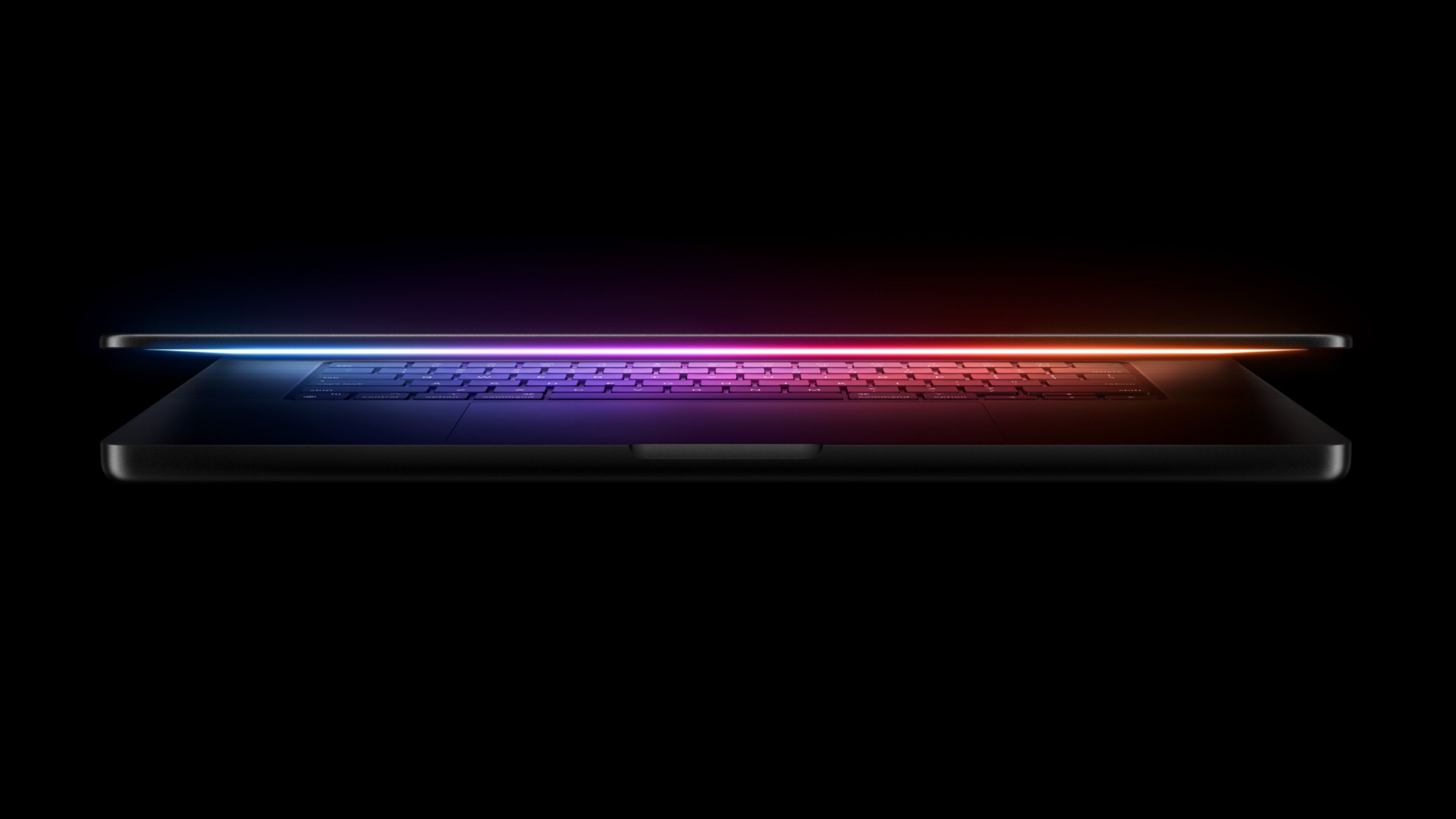Irish company Croom Medical, specializing in precision manufacturing for orthopedic implants, has officially launched the TALOS technology platform for 3D printed tantalum (Ta) components.The platform was developed in collaboration with Global Advanced Metals (GAM), a top supplier of tantalum powder solutions for metal additive manufacturing.As Croom Medical says in a press release, TALOS “represents a significant advancement in additive manufacturing.” The platform uses advanced laser powder bed fusion (LPBF) to offer solutions that will work across both industrial and medical needs.
“The launch of TALOS positions us at the forefront of medical innovation, reinforcing our commitment to continuous innovation and advanced patient care,” said Dr.Shane Keaveney, R&D Manager at Croom Medical.Tantalum components, manufactured using Croom Medical’s TALOS additive manufacturing platform, being carefully unloaded post-print.
Tantalum offers high corrosion resistance, mechanical strength, and biocompatibility, which is why it’s a great choice for medical implants.But the material can be difficult to process, so it has not been widely adopted by the industries that would most benefit from its use.But now that the TALOS platform is commercially available via Croom Medical’s contract manufacturing services, this should be less of a challenge.
TALOS makes it possible to produce lightweight, porous, strong, and complex structures for both industrial and medical device applications, from impellers to implants.“Tantalum has long been valued for its outstanding biointegration, corrosion resistance, and mechanical properties,” explained Dr.Keaveney.
“With TALOS, we unlock these intrinsic qualities, allowing precise control over implant ductility and strength to closely match native bone.” Tantalum-based radial impeller produced using Croom Medical’s TALOS 3D printing platform.Croom Medical says that the TALOS platform can achieve densities up to 99.99%, deliver open porous structures for medical devices, and offer precise control over print parameters for tantalum, as well as cellular lattice structure design.This makes it possible to tailor the material’s strength and ductility to match native bone.
In fact, the company says that AM-optimized tantalum can achieve over 40% elongation, lowering the risk of fracture and enabling more flexible yet complex designs.An interesting aspect of TALOS is that it can print tantalum directly onto titanium substrates, which combines its osteoconductivity and corrosion resistance with titanium’s strength and lower density.This means users can make 3D printed implants that have a higher bone fixation, so there’s less chance that a patient would need to return to the hospital for a revision surgery later.
“TALOS aligns with our mission to advance manufacturing technologies, significantly improving patient outcomes by producing implants with superior biointegration, reduced stress shielding, and exceptional fatigue resistance,” said Patrick Byrnes, the CEO of Croom Medical.“These benefits should lower the rate of surgery revisions, thus avoiding patient discomfort and unnecessary added surgery costs.” A selection of tantalum-based medical and industrial components, 3D printed by Croom Medical using the TALOS platform.In addition to medical devices like orthopedic implants, TALOS will be very useful in the energy and industrial sectors.
That’s because of its ability to manufacture near-net shape components with complex design features like cellular lattices, internal cooling or mixing channels, controlled porosity zones, and surface textures.The advantages of TALOS in these fields can be put to good use in applications such as chemical processing, high-temperature operations, and power generation.Another significant aspect of Croom Medical’s TALOS platform is sustainability.
GAM supplies conflict-free, ethically-sourced tantalum powder, and any material leftover goes right back to GAM, which supports a full closed-loop recycling process.“After 3D printing, leftover powder from Croom Medical is returned to GAM, where it undergoes rigorous refining and reprocessing before re-entering the manufacturing cycle,” said Global Advanced Metals CEO Dr.Gordon C.
Smith.“This approach maximises material efficiency and ensures a secure, consistent supply of tantalum.” Croom Medical’s additive manufacturing engineer operating the Colibrium Additive M2 Series 5 system, home to the TALOS platform.The TALOS platform by Croom Medical and GAM, supported by the Colibrium Additive M2 Series 5, is now ready to support customer projects from prototyping all the way to volume manufacturing.
Images courtesy of Croom Medical
Subscribe to Our Email Newsletter
Stay up-to-date on all the latest news from the 3D printing industry and receive information and offers from third party vendors.Print Services
Upload your 3D Models and get them printed quickly and efficiently.Powered by FacFox
Powered by 3D Systems
Powered by Craftcloud
Powered by Endeavor 3D
Powered by Xometry
3DPrinting Business Directory
3DPrinting Business Directory









